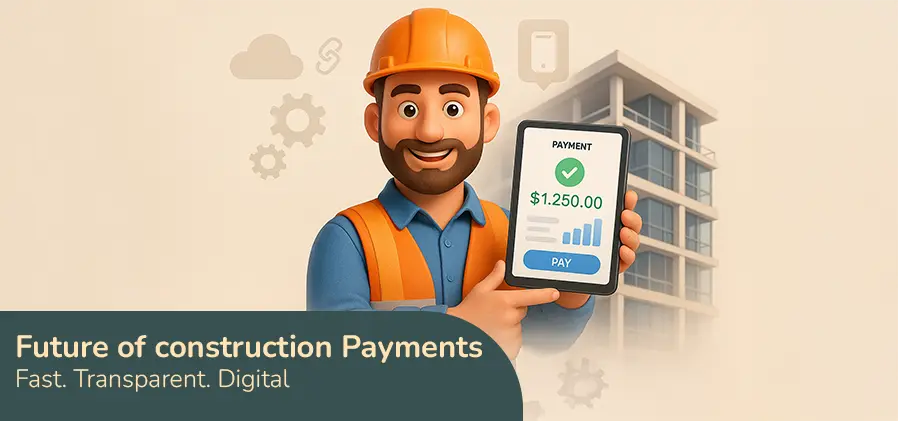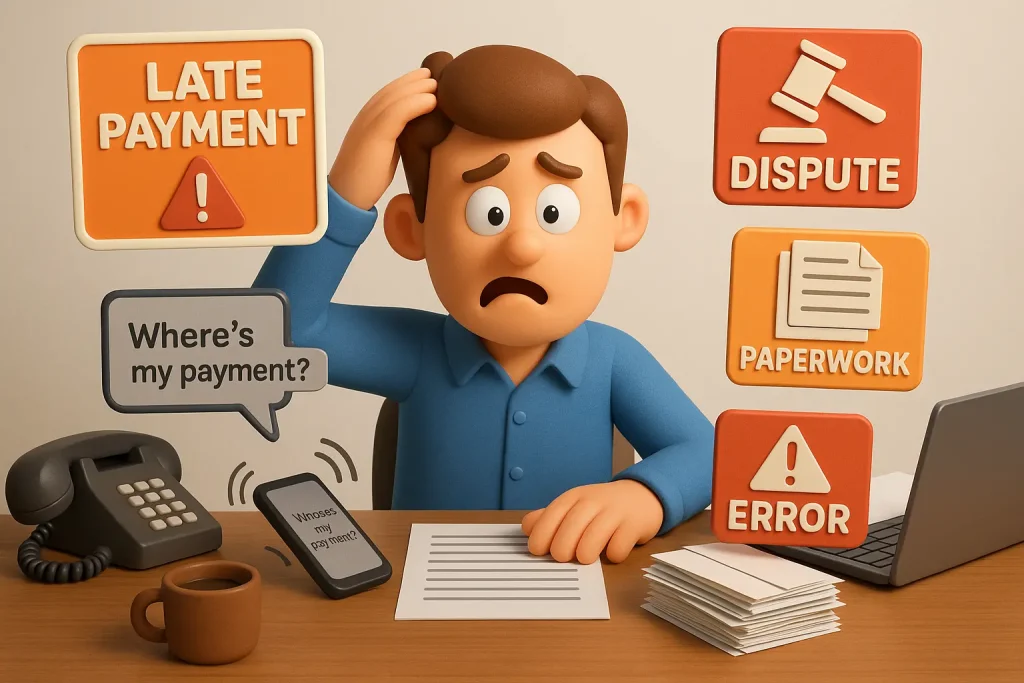
The future of construction payments is shaping the way the industry evolves, as the construction sector undergoes a significant transformation driven by technological innovation and changing industry requirements. Traditional payment methods, such as paper checks and manual invoicing, are time-consuming, prone to errors, and often lead to delayed payments.
The Current State of Construction Payments
The construction industry is notorious for its complex and fragmented payment processes. According to a recent study, the average construction company waits 60-90 days to receive payment for their work, resulting in significant cash flow problems and financial strain.
Trends in Construction Payments
Several trends are emerging in the construction payment landscape, driven by technological innovation and changing industry requirements. Some of the key trends to watch include:
Digital payment platforms: Online platforms that enable construction companies to manage payments, invoices, and credit memos in one place.
Mobile payments: Mobile apps that enable construction workers to receive payments and invoices on their mobile devices.
Block chain technology: A secure and transparent way to record payments and invoices, reducing the risk of errors and disputes.
Integrated payment systems: Systems that integrate payment processing with accounting, project management, and other construction software.
Real-time payment processing: Systems that enable real-time payment processing, reducing delays and improving cash flow.
General Contractor Pain Points in the Payment Process

General contractors face several pain points in the payment process, including:
Payment delays: Waiting for payments from project owners, causing cash flow problems.
Inefficient payment processes: Manual invoicing, paper-based payment processing, and lack of automation lead to delays, errors, and increased administrative burden.
Lack of transparency and communication: Limited visibility into payment status, poor communication between stakeholders, and lack of transparency lead to uncertainty, disputes, and litigation.
Risk of non-payment: General contractors face the risk of non-payment from project owners, leading to significant financial losses.
Administrative burden: Manual data entry, paperwork, and documentation management lead to increased administrative burden.
The Benefits of Streamlining Construction Payments

Streamlining construction payments can have a significant impact on a company’s bottom line.
By reducing delays and improving cash flow, construction companies can:
Improve cash flow: Reduce delays and improve cash flow with real-time payment processing.
Increase transparency: Track payments and invoices in real-time, reducing errors and disputes.
Enhance security: Secure and protect sensitive payment information with advanced security features.
Reduce administrative burden: Automate payment processing and invoicing, reducing manual errors and increasing efficiency.
Best Practices for Implementing Digital Payment Solutions
To ensure successful implementation of digital payment solutions, construction companies should follow best practices, including:
Conducting thorough research: Evaluating different digital payment solutions and their features.
Assessing business needs: Identifying specific business needs and requirements.
Developing a clear implementation plan: Outlining steps and timelines for implementation.
Providing training and support: Ensuring that employees are trained and supported in using digital payment solutions. Monitoring and evaluating performance: Continuously monitoring and evaluating the performance of digital payment solutions.
The Role of Technology in Transforming Construction Payments
Technology is playing a significant role in transforming construction payments. Platforms like (link unavailable) are streamlining payment processes, reducing delays, and improving cash flow.
Conclusion
The future of construction payments is digital, and it’s essential for construction companies to stay ahead of the curve. By understanding the trends, innovations, and best practices in construction payments, companies can improve cash flow, increase transparency, and reduce administrative burden.







